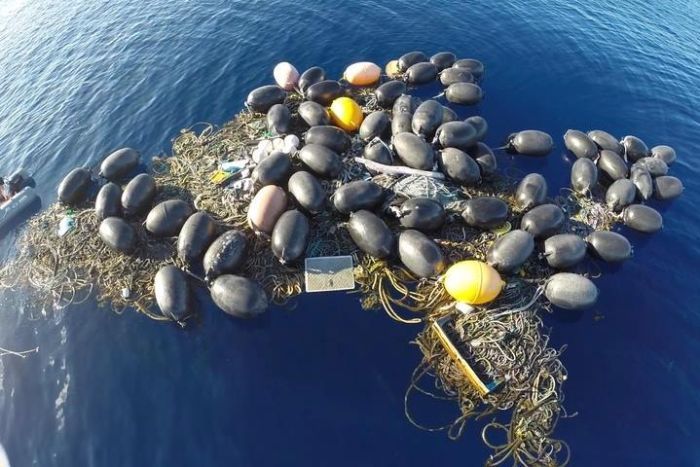Toothbrushes, hardhats and plastic icy pole sticks are among the common items scientists have discovered while researching a giant patch of rubbish in the Pacific. Known as the Great Pacific Garbage Patch, the area covers about 19 million square kilometres of the North Pacific and is about 1,600km from land. Researchers are spending a month at the site, using drones and dinghies to investigate what changes have occurred over the past 15 years.
“I trawled this same area in 1999 and there was a much greater variety of invertebrate life. These are gone now and we are just seeing fewer varieties of fish as well,” said Captain Moore, founder of the Algalita Marine Research Institute. Captain Moore, who first discovered the problem in 1997, told Radio Australia that while bio-diversity has got worse, the type of rubbish found over the years has remained consistent.
“Salt bottles, eel traps, 300mm buoys … a tremendous amount of toothbrushes and popsicle sticks, these are very common debris items,” he said. “We’ve even got a plastic handle on a shovel. Hardhats are very common. That’s in addition to all kinds of trawl gear of every stripe.”
Through the analysis of water, fish and invertebrate samples, the researchers aim to find conclusive data to explain how the rubbish patch is changing. Captain Moore says the plastic patch is getting bigger and that the trend is unlikely to be reversed.


Recent Comments